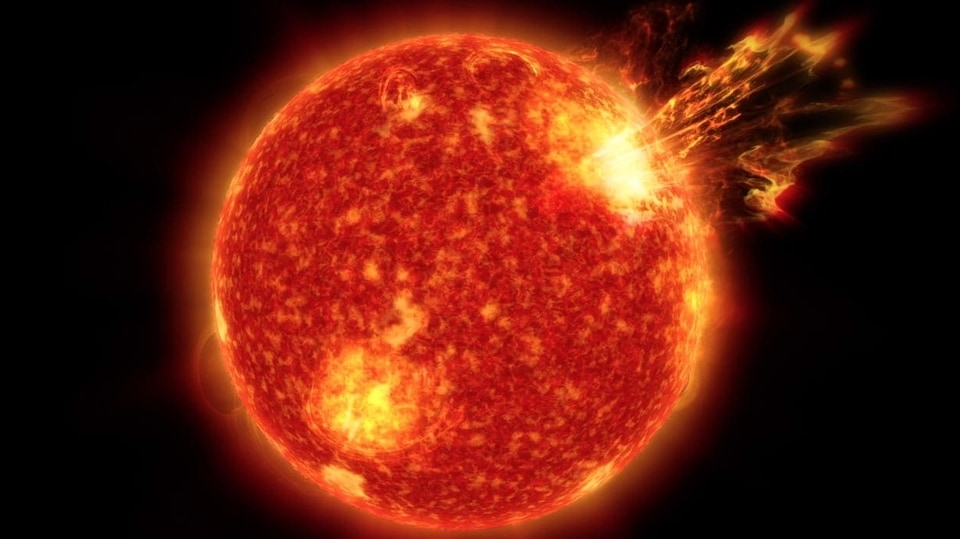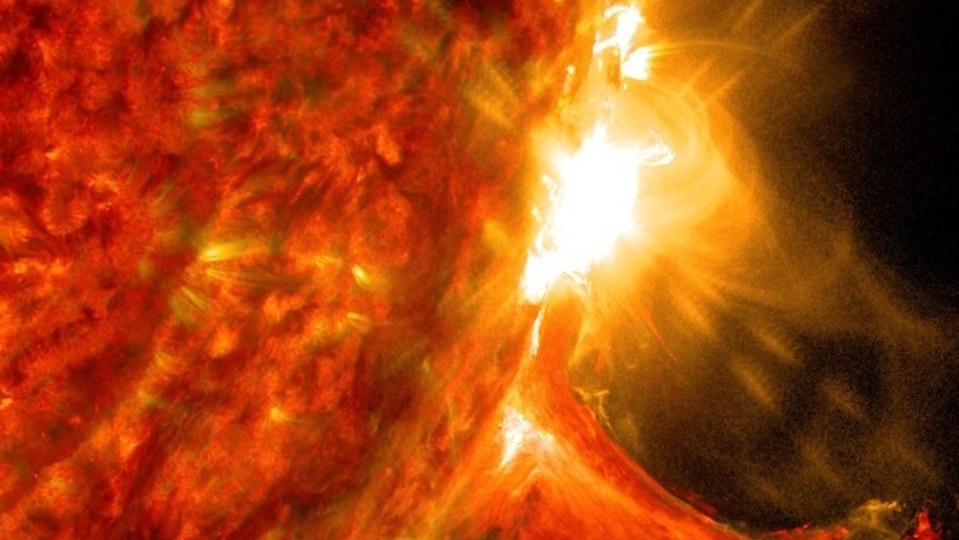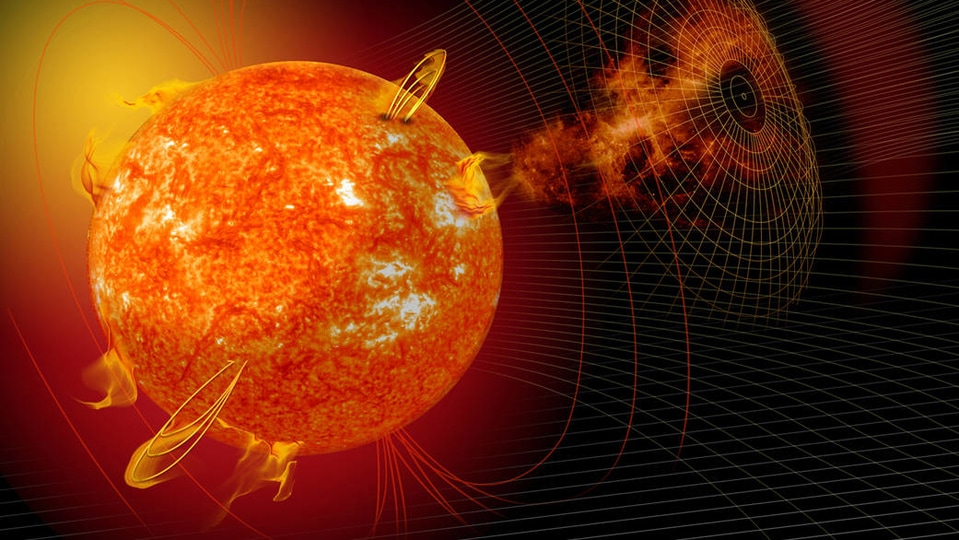Terrifying! A Sunspot so big, you can see it with your NAKED eyes; 4x of Earth
The Earth-facing disk of the Sun has a gigantic sunspot, called AR3190, which is so big that it can be seen just with the unaided eyes! There is also a risk of a massive solar storm hitting Earth if it explodes.




_1639373804152_1639373815879.jpg)

 View all Images
View all ImagesAstronomy enthusiasts are in for a big treat today as there is a rare event occurring right above their heads. And the event does not even require them to grab a telescope or binoculars to see it. They don't even need to wait for the night or an area with low-light pollution. Right now, the Sun has a sunspot so big that it can be seen with just your naked eyes. Astronomers believe this is one of the biggest sunspots that has been spotted in years and it is as big as the size of four Earths. Further, there is a concern that if the sunspot explodes, it can result in an extremely strong solar storm hitting the Earth
Currently, there are many sunspots staring at the Earth. However, the sunspot AR3190 is not only as wide as four Earths put together, it is also double the size of any other sunspots visible currently. Anyone can see this sunspot just by looking up at the Sun. But, be warned, do not do it without wearing safe solar glasses as it can damage your eyes and even blind you permanently.
Massive sunspot appears on the Sun
Serious astronomy fans can grab their backyard telescopes to capture a detailed image of this sunspot or just take a look at the solar mass around it. Bum-Suk Yeom of Iksan, South Korea, confirmed this event and told SpaceWeather.com, “I tried it myself today, and I could see the sunspot clearly”.
But this is not just a cool astronomical phenomenon. The situation is quite grim because the sunspot can also explode at any time. SpaceWeather.com issued a warning and stated, “It's about to explode. AR3190 has an unstable 'beta-gamma-delta' magnetic field that harbors energy for X-class solar flares. Any eruptions will be geoeffective because the sunspot is almost directly facing Earth”.
If a sunspot of this size explodes, it is going to have disastrous consequences. The resultant solar storm can damage satellites, destroy GPS, mobile networks, other forms of wireless communication and the internet. And not only that, it can also cause power grid failure and cause malfunction in critical electronic devices such as pacemakers and ventilators.
For now, various telescopes, including ones from NASA and the National Oceanic and Atmospheric Administration are watching the sunspot carefully. However, our only hope is that it doesn't explode while it faces the Earth.
Catch all the Latest Tech News, Mobile News, Laptop News, Gaming news, Wearables News , How To News, also keep up with us on Whatsapp channel,Twitter, Facebook, Google News, and Instagram. For our latest videos, subscribe to our YouTube channel.





























